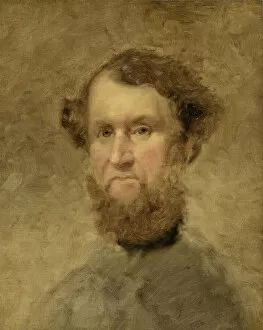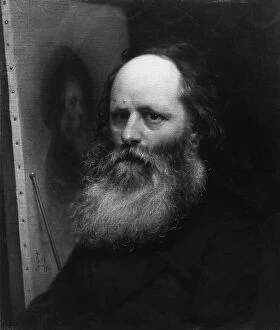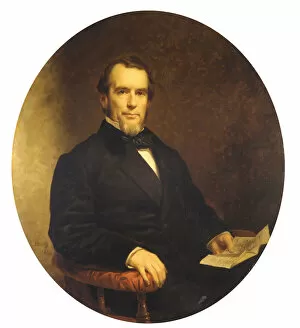Elliott Charles Loring Collection
"Capturing the Essence: The Artistry of Elliott Charles Loring" Step into a world where brushstrokes come alive
All Professionally Made to Order for Quick Shipping
"Capturing the Essence: The Artistry of Elliott Charles Loring" Step into a world where brushstrokes come alive, as we delve into the captivating works of Elliott Charles Loring. Born between 1855 and 1865, this enigmatic artist's identity remains shrouded in mystery. Yet his talent speaks volumes through his masterpieces. One such masterpiece is James C. McGuire, painted in 1854 by none other than Charles Loring Elliott himself. With meticulous attention to detail, he immortalized McGuire's visage for eternity, showcasing both the subject's character and the artist's skill. Elliott continued to leave his mark on history with Washington Irving in 1860. Through delicate strokes and vibrant colors, he brought forth Irving's literary genius onto canvas, capturing not just a likeness but also an essence that resonates even today. James Fenimore Cooper stands tall in another creation from around 1860 by Elliott. The author's rugged features are expertly rendered with a touch of romanticism that mirrors Cooper's adventurous spirit within his novels. In a departure from famous figures, Cyrus Hall McCormick takes center stage in one of Elliott's mid-19th-century portraits. This depiction showcases McCormick as more than just an inventor; it reveals the man behind the machine—a testament to Elliott’s ability to capture depth beyond appearances. Samuel Putnam Avery becomes another subject under Elliot’s artistic gaze in 1863. Through careful composition and use of light and shadow, Avery emerges as a figure exuding intellect and refinement—an embodiment of both artist and muse. William Sidney Mount finds himself immortalized circa 1850 by Elliot’s skilled hand. Known for his genre paintings depicting rural American life, Mount comes alive through Elliot’s brushwork—his passion evident in every stroke that brings out Mount’s unique charm. But who was Charles Loring Elliott? In Seymour Joseph Guy’s 1868 portrait, we catch a glimpse of the artist himself.












